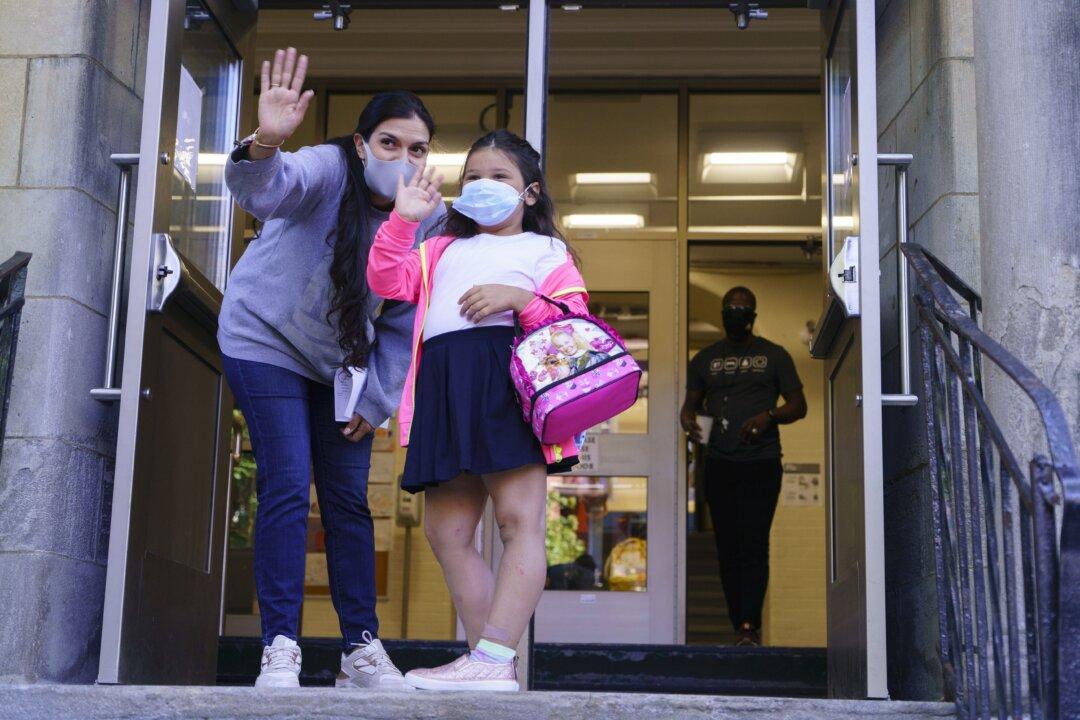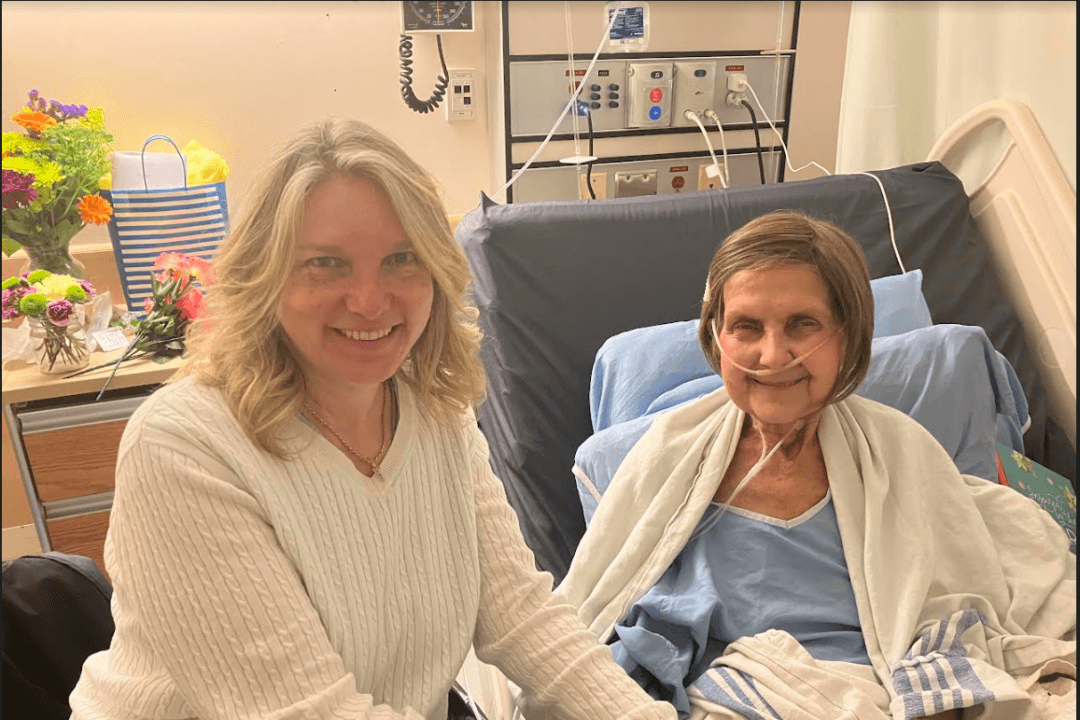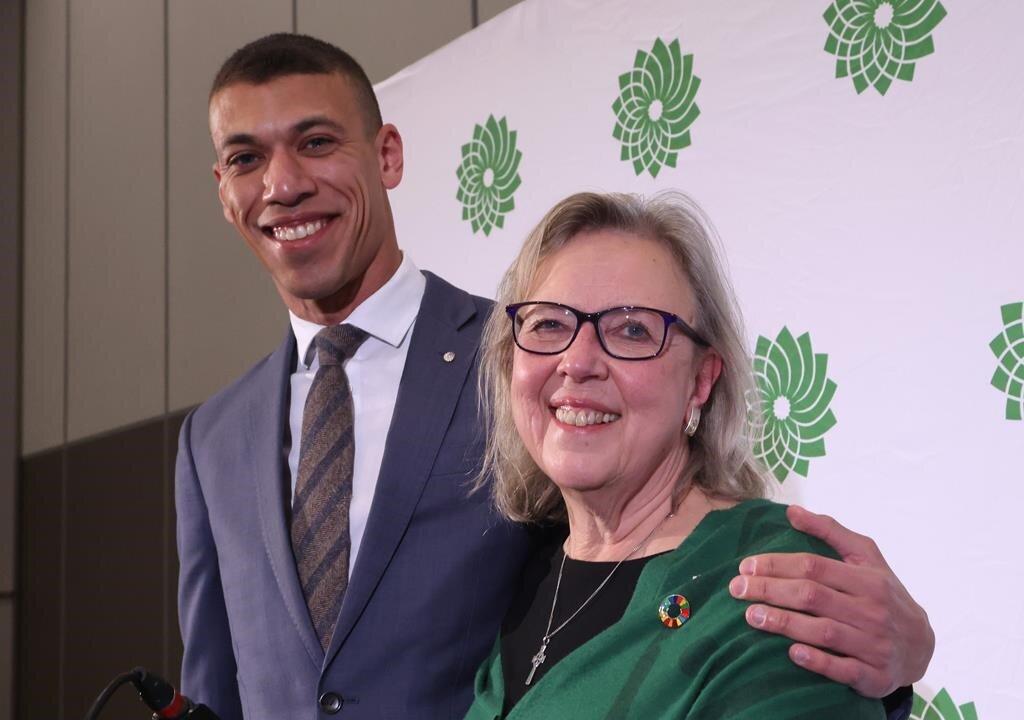As schools reopen across Canada, many parents are choosing to keep their children at home. Some are afraid their kids may contract the illness at school, especially if they have an immunocompromised family member, while others worry that pandemic protocols could negatively affect their children.
Sophie Geerts, a mother of two in Mankota, Saskatchewan, says that for the first time her children are starting the school year learning at home.





